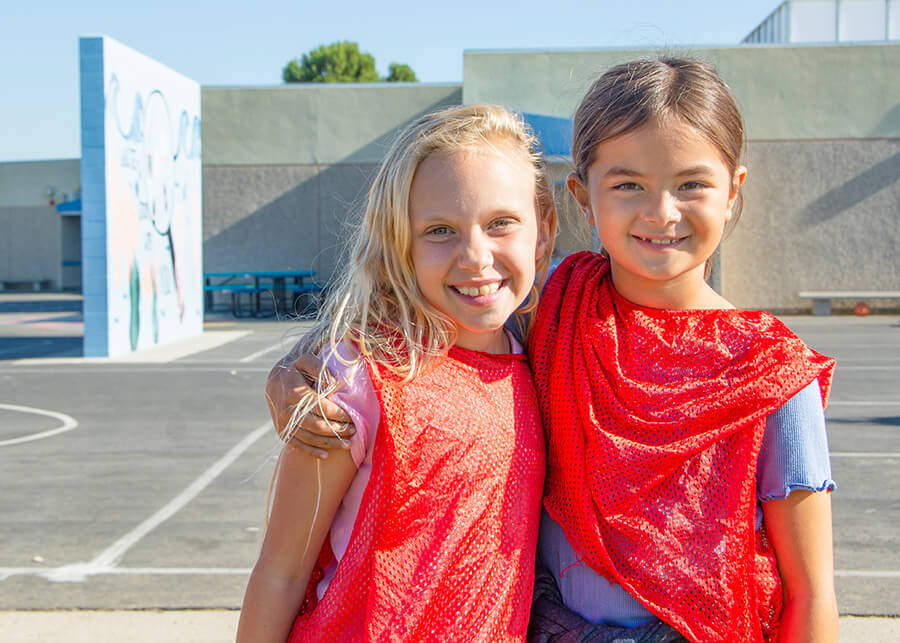
By Dr. Dawn Bridges, Vice President of Educational Affairs
We’re back! That was the overwhelming feeling of attendees at the Education Research & Development Institute (ERDI) Summer Institute. Instead of focusing on the turmoil the pandemic has wrought over the last two-plus years, superintendents, assistant and deputy superintendents, and chief academic officers were talking about what’s next and where we want to go in the education field.
Superintendents in many districts view themselves as the lead learner. That’s why so many attend ERDI — to learn. That’s why I do, too. I love talking with superintendents about what’s most important to them so we can better support their schools with our programs.
One topic that particularly interested district leaders at the 2022 Summer Institute was the concept of the “education ecosystem” or “learning hub.” (When asked, they unanimously said they preferred the term “learning hub” because they think it will be easier for families to understand.)
Traditionally, school has been viewed as what happens between 8 a.m. and 3 p.m. — and student learning was expected to fit inside that box. But learning is always happening, which is why the idea of a school serving as a learning hub is so exciting!
A learning hub is a center of activity that can serve children and families before, during, and after school.
In addition to academics, it can benefit other areas like health, safety, and the social, emotional, and mental well-being of students. This hub can also offer formal and informal opportunities to learn, play, and grow. It can offer electives, extracurricular activities, break camps, and summer camps. A learning hub can provide rich opportunities for interaction, connection — the possibilities are endless!
When I brought up the learning hub concept at ERDI, many superintendents said they hadn’t considered it before, but they responded very favorably and said it was something they should consider.
More often than not, when I talk with superintendents about their strategic plans, they say the biggest barrier to reaching their goals is time. Plus, since the onset of the pandemic, students’ academic, social, emotional, and mental health needs have only increased.
To date, there is no national push to extend school hours to accommodate the ever-increasing demands placed on educators. This is why the concept of learning hubs is so intriguing to so many district leaders. In addition to childcare and enrichment before and after school, learning hubs can offer a variety of educational opportunities between the hours of 7 a.m. and 6 p.m. — or whatever hours would best serve the community.
Learning hubs are a win-win for families, too.
Even parents who don’t need childcare before or after school see tremendous value in providing their children with more access to classes and activities to explore or develop their interests. What if their children could take a cooking class, a chess class, or dance class at school? How much more connected would they feel to their school? How would it increase their sense of belonging and improve their attitude about school?
A learning hub will look different in every district or school, depending on its strategic goals, priorities, and needs. This is why I encourage district leaders to start by thinking about the outcomes they want to achieve. How can they make the most of all that extra time to benefit their students, families, schools, and communities?
While the concept of a learning hub has the school as its foundation, schools cannot—and should not—be expected to create these hubs alone. The key to creating a dynamic learning hub is developing strong partnerships that bring new experiences to students, engage families, and align with the goals of the school or district. When I asked the leaders I spoke with at the Summer Institute if they would be open to connecting during their strategic planning so we could offer insights and guidance based on our work with districts across the country, it was exciting to hear so many respond so positively.
What happens before, during, and after school is interconnected.
We are looking forward to working hand-in-hand with district leaders this school year to explore how to help them achieve their goals — during and beyond the school day — as they lead their schools into the future.

Dr. Dawn Bridges
Dr. Dawn Bridges has over 25 years of experience in the fields of education and professional learning, having held the roles of teacher, reading specialist, special education coordinator, principal, and assistant superintendent for curriculum and instruction. She has dedicated her career to ensuring that all students have the support they need to thrive in and out of school. You can follow Dr. Bridges on LinkedIn and Twitter and subscribe to the RAS blog to keep up with her work.








